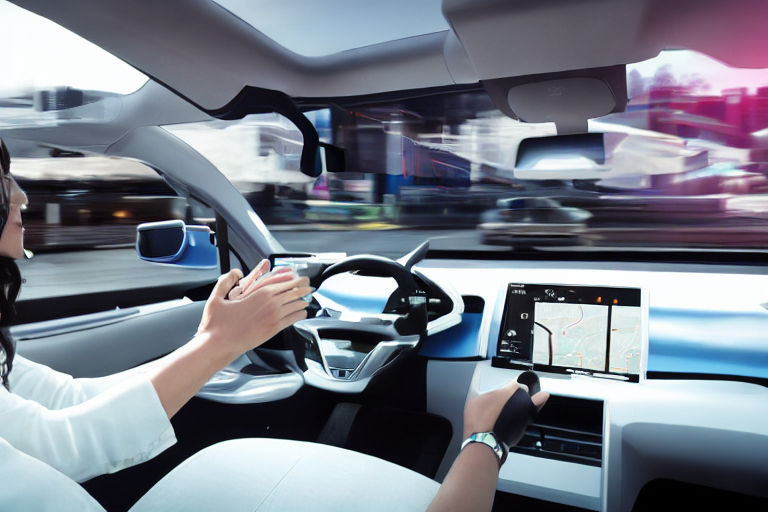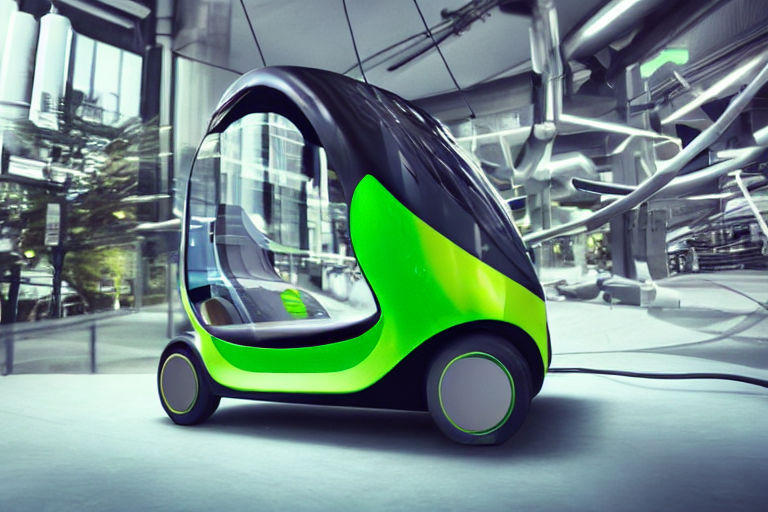From Rockets to Lightweight Materials: How Space Tourism is Transforming Transportation
Space tourism has been a dream for many people around the world for decades. However, what was once only a fantasy is now quickly becoming a reality. With the advent of new technologies and a growing interest in space exploration, companies like SpaceX and Blue Origin are leading the way in creating a new era of travel through space.
But space tourism isn't just about sending people into orbit for a few minutes of weightlessness. It is also influencing the way we think about transportation here on Earth. In fact, the technologies and materials being developed for space travel are already transforming the way we move people and goods on our planet.
Lightweight Materials
One of the biggest challenges in space travel is weight. The heavier the spacecraft, the more expensive it is to launch it into space. Therefore, much of the research in space technology has focused on developing lightweight materials that are durable and strong enough to withstand the rigors of space travel.
These lightweight materials are now making their way into other areas of transportation, such as cars, planes, and trains. By reducing the weight of these vehicles, we can increase their fuel efficiency and reduce emissions. This has significant implications for the future of transportation, as we strive to become more environmentally friendly while still moving people and goods efficiently.
Electric Propulsion
Another technology being developed for space travel is electric propulsion. Unlike traditional rocket engines that burn fuel and generate thrust, electric propulsion uses electric fields to accelerate ions or other particles. This technology is more efficient than traditional rocket engines and could significantly reduce the cost of space travel.
Electric propulsion is also being explored for use in aircraft and ships. By using electric engines, we can reduce our reliance on fossil fuels and move towards a more sustainable future.
Autonomous Vehicles
Spacecraft are often remotely controlled or even autonomous, meaning they can make decisions without human intervention. This technology is also being developed for use in transportation on Earth. Autonomous vehicles, such as self-driving cars and trucks, are already on the roads in some parts of the world.
Autonomous vehicles have the potential to revolutionize the way we think about transportation. By eliminating the need for human drivers, we can increase the safety of our roads and reduce traffic congestion. Additionally, autonomous vehicles could help us reduce our carbon footprint by optimizing routes and improving fuel efficiency.
Conclusion
The development of space tourism technology is leading to a wide range of innovations in transportation on Earth. The use of lightweight materials, electric propulsion, and autonomous vehicles are just a few examples of how space travel is transforming the way we move people and goods. As we explore new frontiers beyond our planet, we are also finding new ways to address the challenges we face here on Earth.





